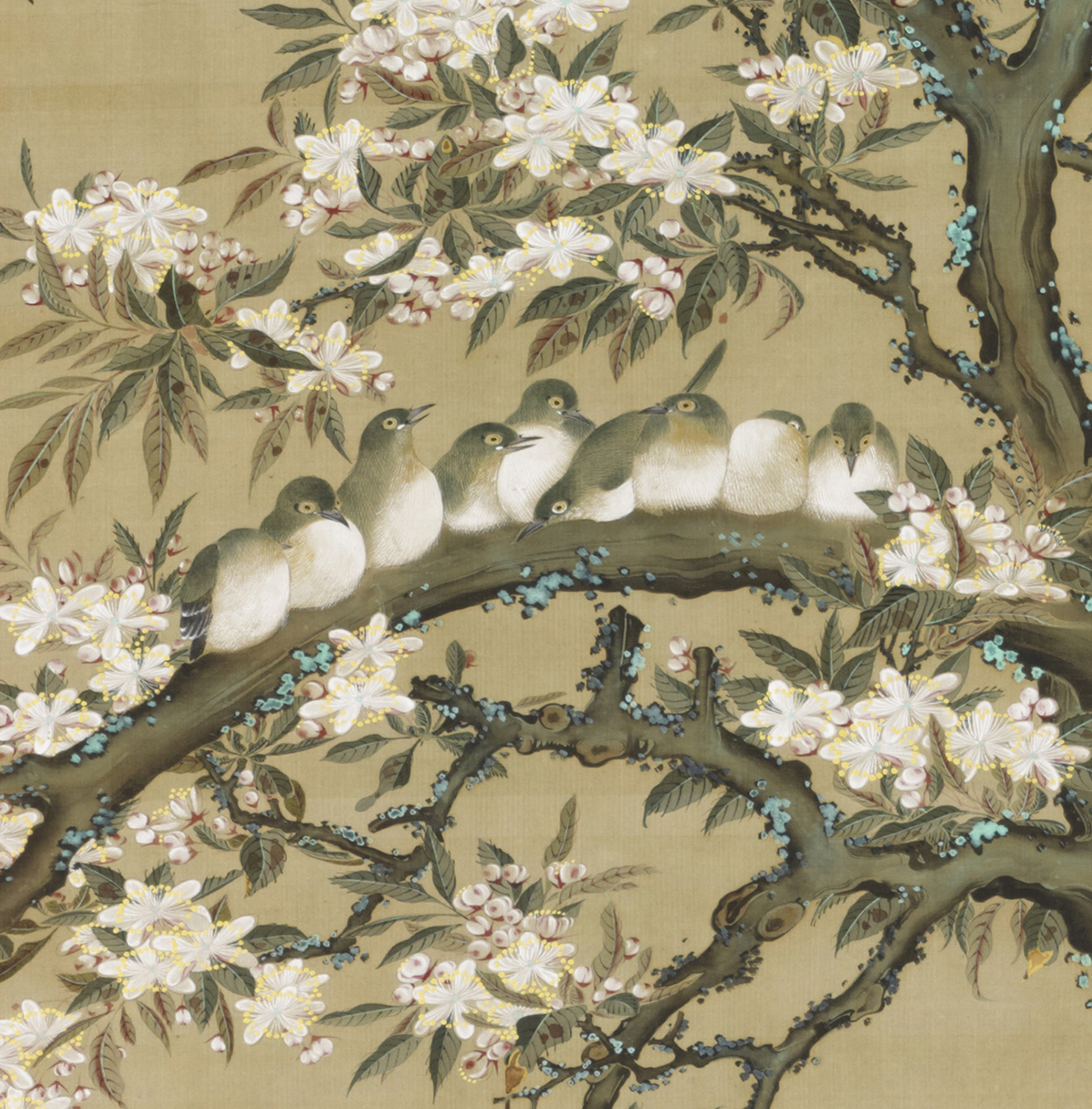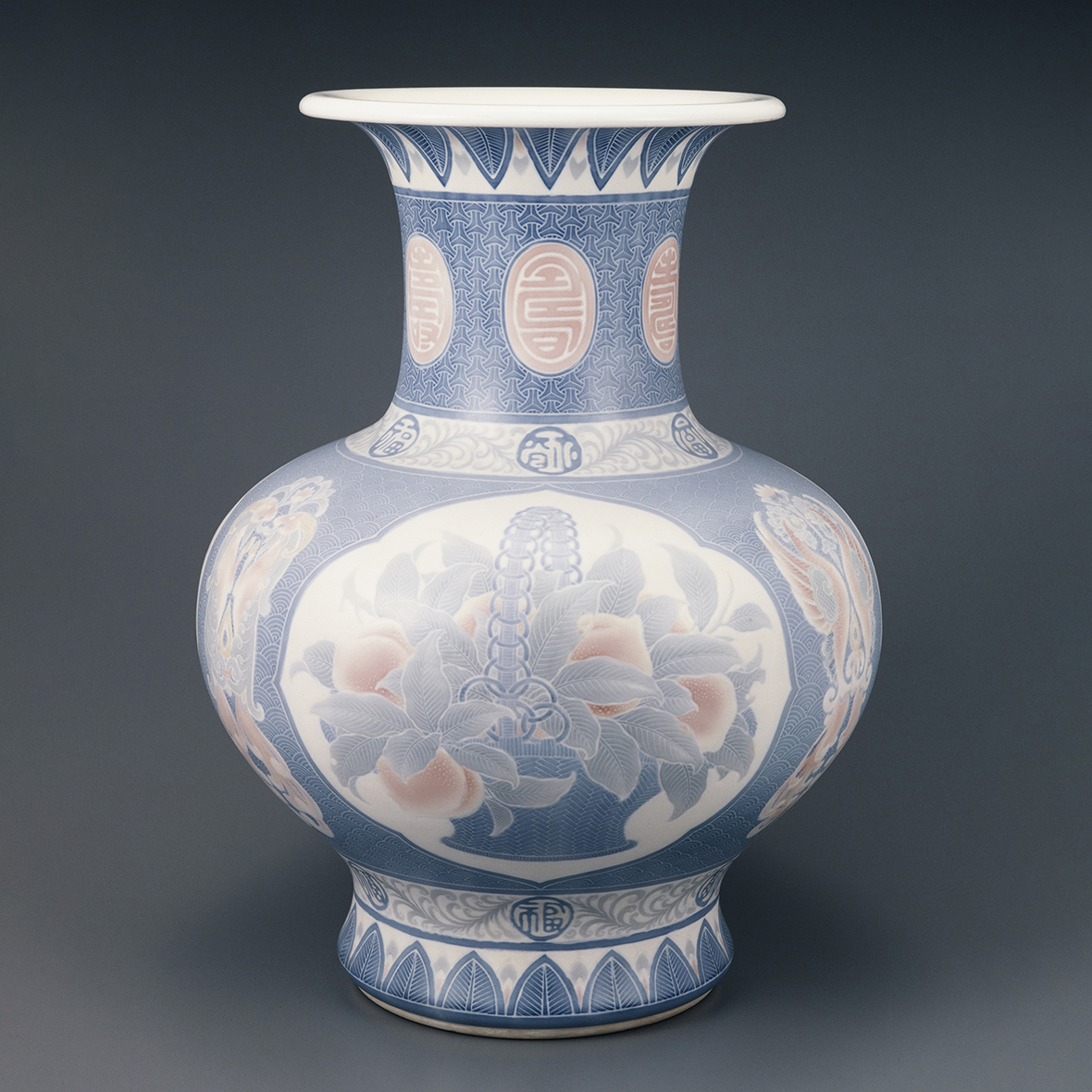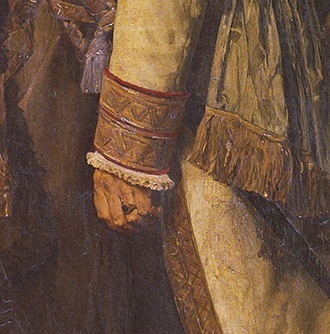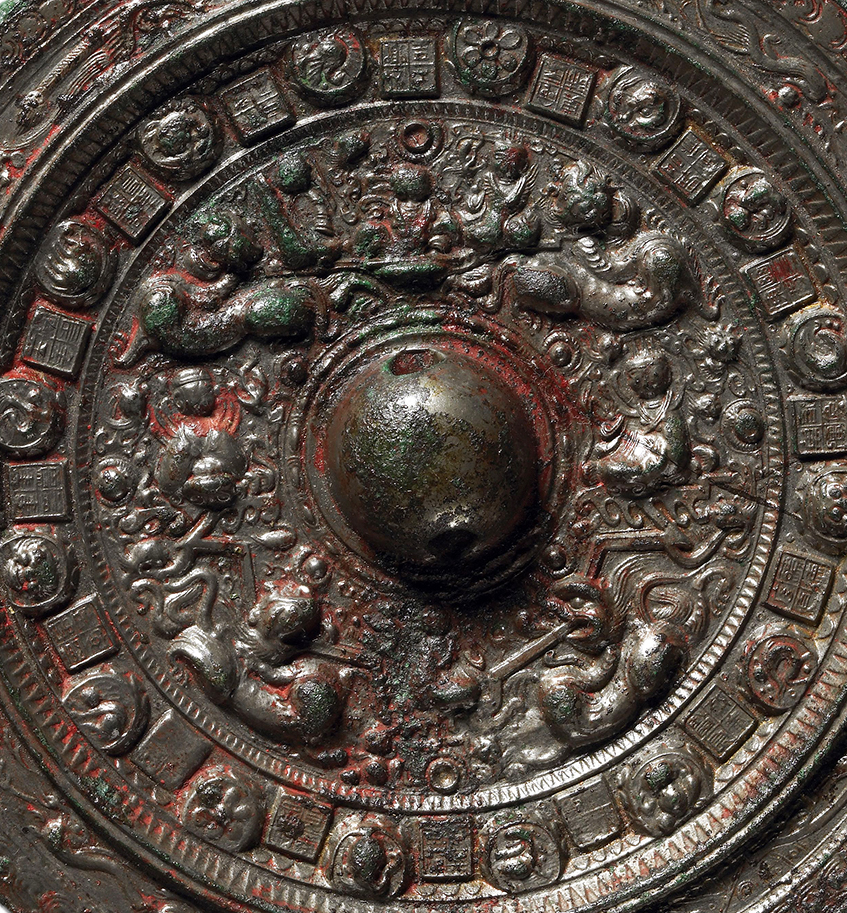Return of SEN-OKU HAKUKOKAN MUSEUM
Selected Masterworks of Sumitomo Collection
- Open Hours
- 10:00~17:00
(Last admission 30 minutes before closing)
- Closed
- Mondays(except May 5), May 7
First in a series of masterwork exhibitions commemorating the museum reopening, this exhibition introduces Japanese, Chinese, and Korean Buddhist art, paintings, calligraphy, tea ceremony utensils, and other items handed down through the Sumitomo family that have been essential to museum activities from the start. Whether long-renowned pieces of rare beauty or outstanding works that have revealed their value over time, they give a different impression on each viewing, at times sublime, at times gentle. A unique opportunity to rediscover the depth of the timeless Sumitomo Collection, which resonates with all visitors.
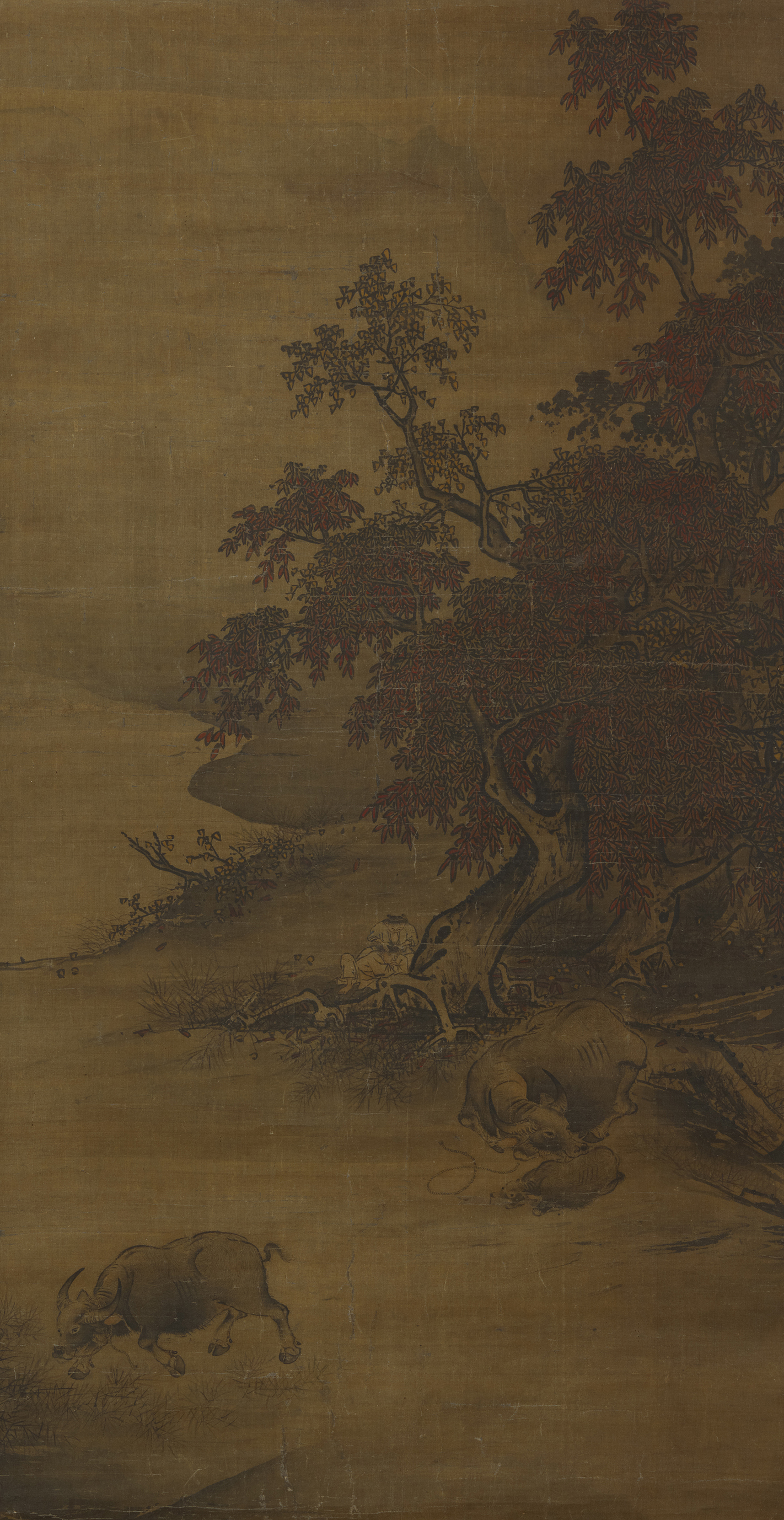
National Treasures
Attributed to Yan Ciping.
Southern Song Dynasty.
SEN-OKU HAKUKOKAN MUSEUM
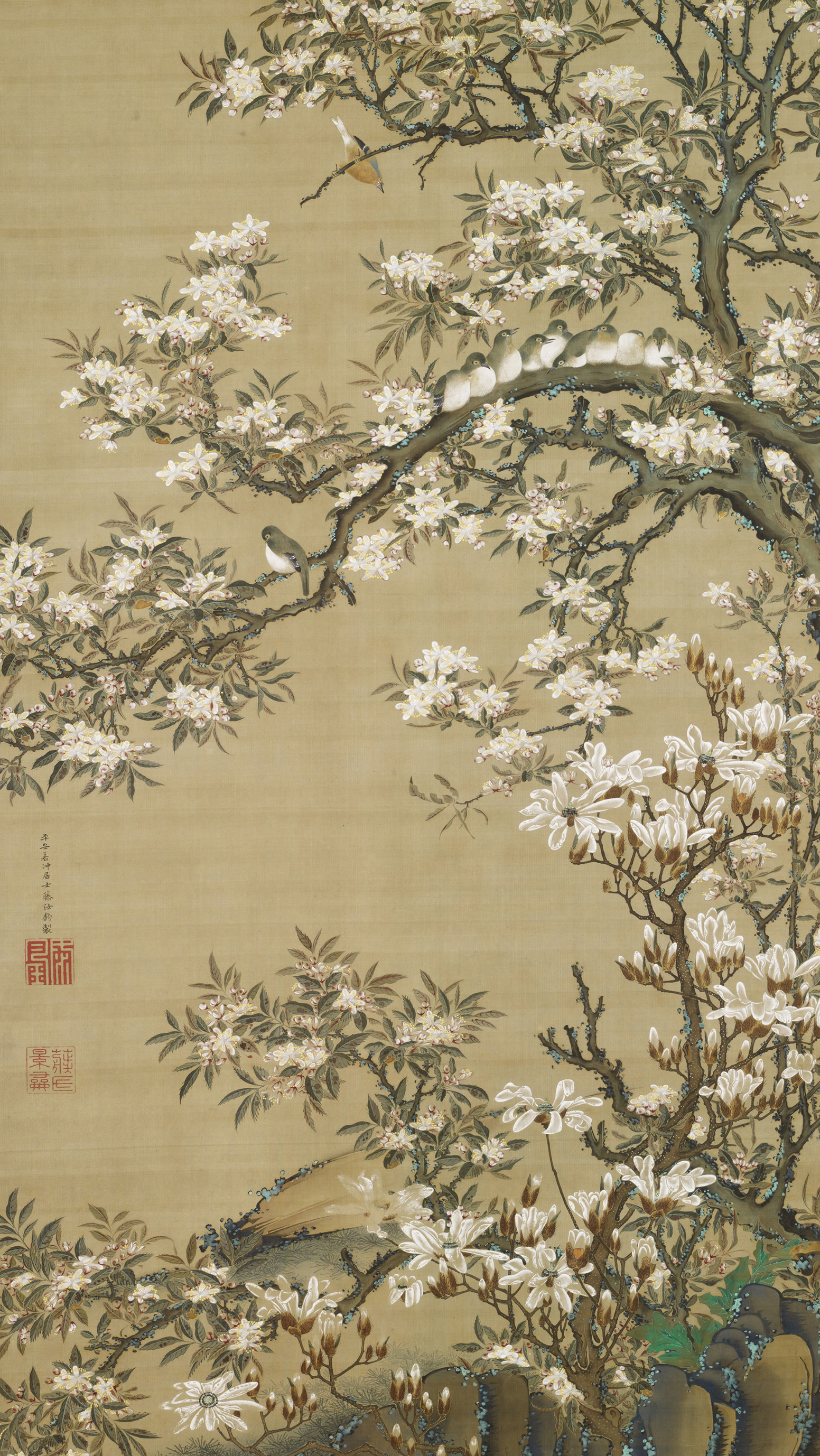
Ito Jakuchu.
Edo period,18th century.
SEN-OKU HAKUKOKAN MUSEUM
- Admission Fee
- Adults ¥1,000
Students with ID ¥600
Under 18 years old : Free
* A group discount applies for a party of 20 or more.
* Free for people with disability ID
Return of SEN-OKU HAKUKOKAN MUSEUM
Other Forms of Modern Art in Japan
- Open Hours
- 10:00~17:00
(Last admission 30 minutes before closing)
- Day Closed
- Mondays(except Jul.21), Jul.22
Also to mark the museum reopening, this exhibition brings together masterpieces of modern art from the Sumitomo Collection. Any discussion of the history of modern art must acknowledge major works grandly presented at exhibitions. Artists skillfully channel their artistic convictions into the work they submit, which has led the way to new eras of expression. Although the Sumitomo family were traditional merchants with roots in the Edo period, the head of the family respected artists’ bold spirit of initiative and purchased their works with an appreciation of their effort. However, this is not the only distinguishing feature of the Sumitomo collection of modern art. Some pieces, for example, were created for specific purposes, such as entertaining guests or celebrating a special occasion. Visitors may be moved by the artists’ quiet diligence in creating work in line with the aesthetics of their patron. Other pieces arose through association with friends of a like mind. Notable in this regard are pieces influenced by Eastern literati aesthetics that emerged in the Edo period. The comfortable ambiance of these works recalls intellectual gatherings of like-minded friends. Thus, many aspects of the Sumitomo Collection are appealing. This exhibition includes pieces that visitors may return to again and again, as well as others only presented at this time.
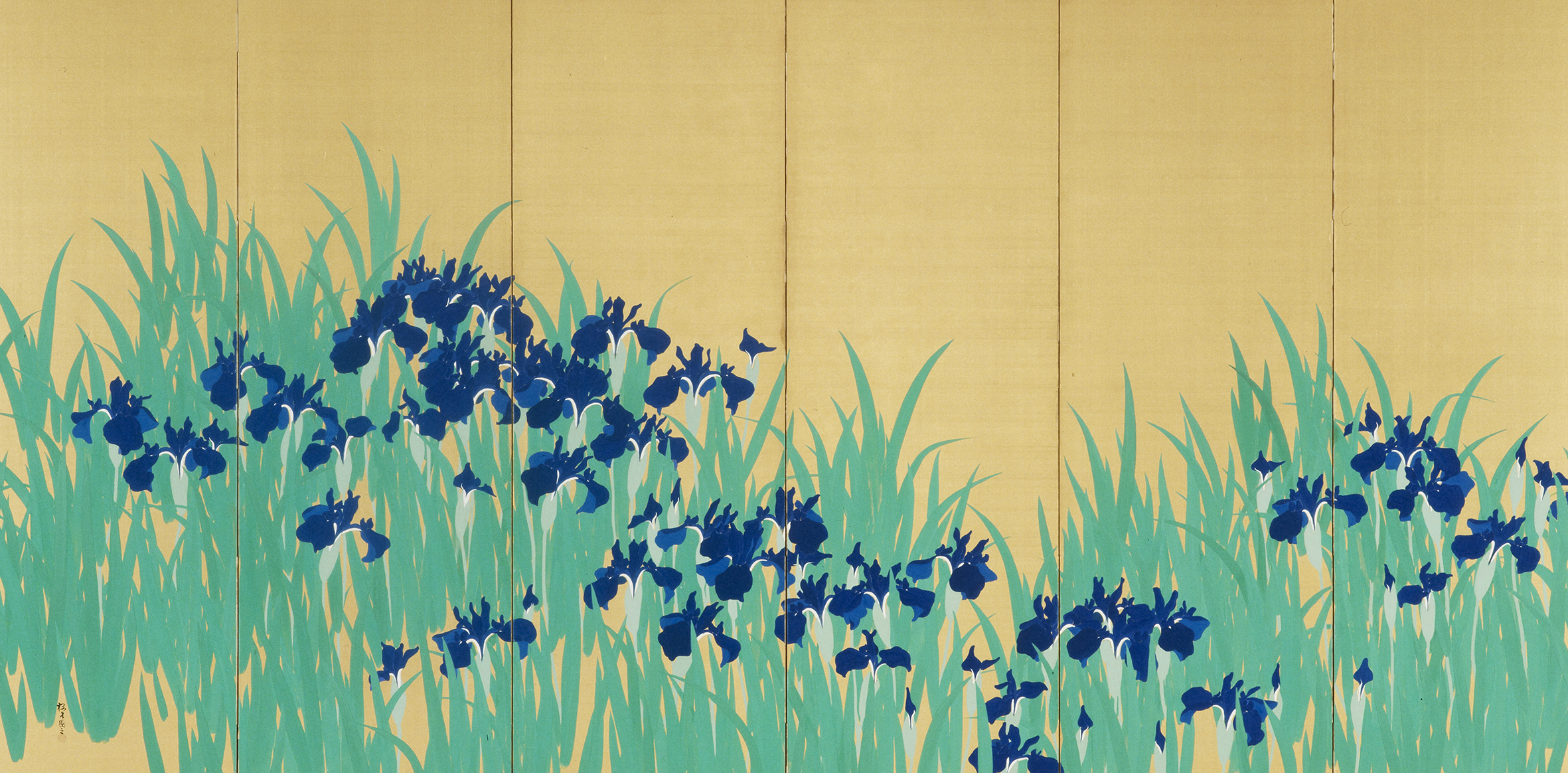
Konoshima Okoku.
Taisho period,dated 1917.
SEN-OKU HAKUKOKAN MUSEUM TOKYO
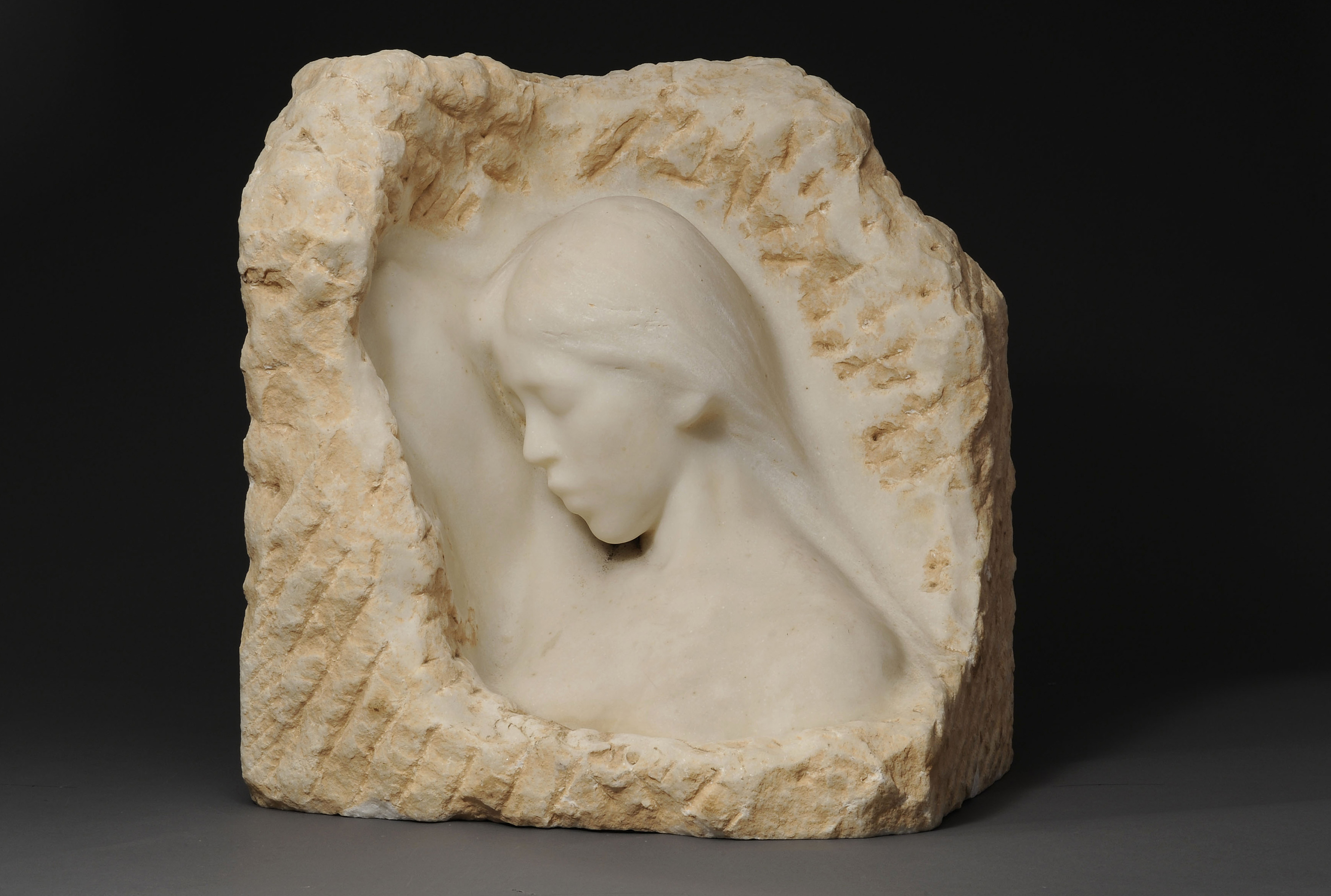
Kitamura Shikai.
Meiji period,dated 1911.
SEN-OKU HAKUKOKAN MUSEUM TOKYO
- Admission Fee
- Adults ¥1,000
Students with ID ¥600
Under 18 years old : Free
* A group discount applies for a party of 20 or more.
* Free for people with disability ID
Takeshiro Kanokogi Sesquicentennial - The Essence of Realism -
- Open Hours
- 10:00~17:00
(Last admission 30 minutes before closing)
- Day Closed
- Mondays(except Nov.3, 24), Nov.4, 25
Marking 150 years since the birth of Takeshiro Kanokogi (1874–1941), who brought authentic realism to modern Western painting in Japan, this retrospective begins with drawings from the artist’s early studies at the Tensai school of fine arts and Fudosha, moves on to his work under French classical master Jean-Paul Laurens, and concludes with work during activities at Kansai Art Institute and other schools. Through Kanokogi, Shunsui Sumitomo (15th head of the family) was provided with masterpieces by Laurens along with Kanokogi’s own pieces, reproductions, and other Western masterpieces. Focusing on Kanokogi and Laurens, the exhibition traces the roots and development of French classical realism.
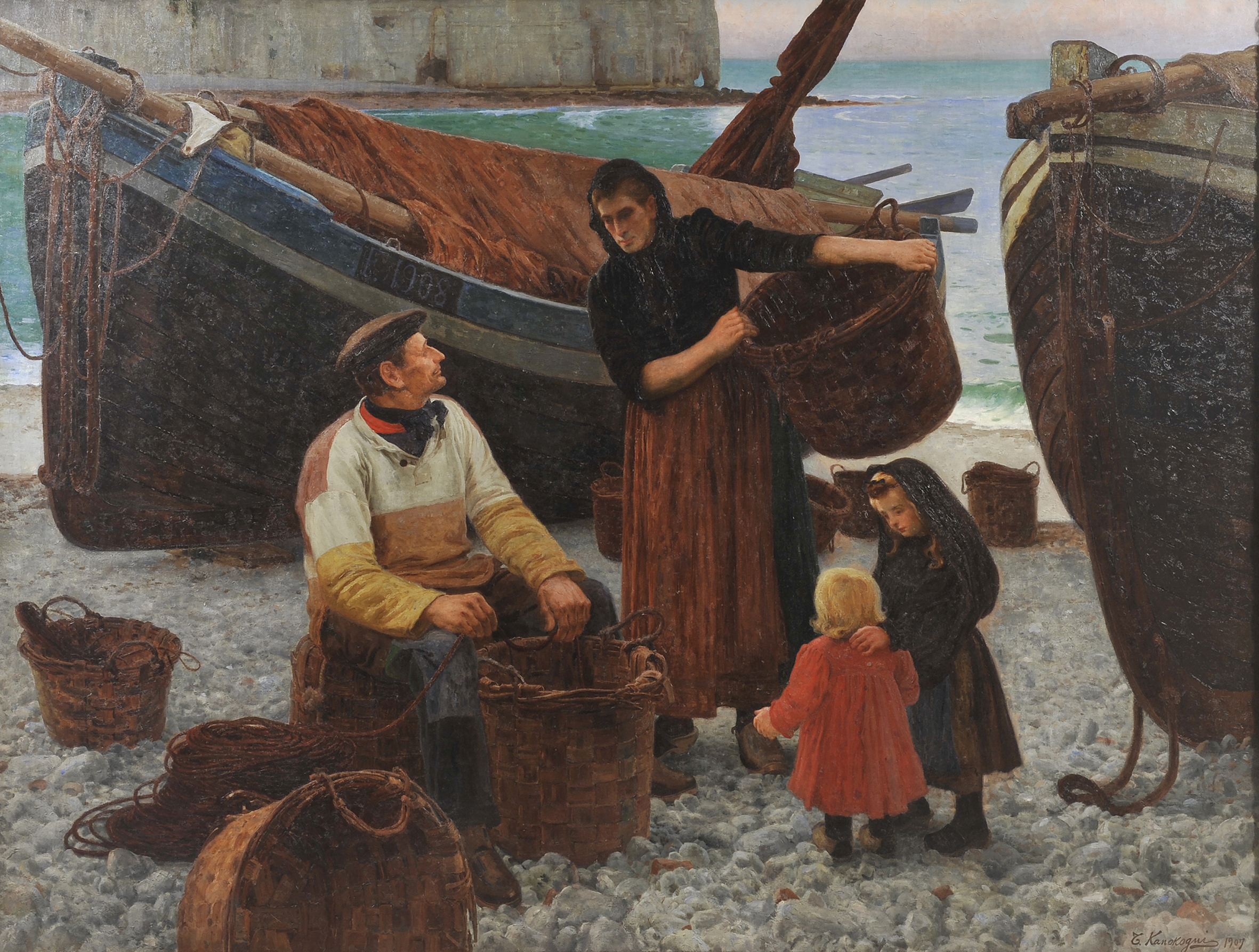
Kanokogi Takeshiro.
Meiji period,dated 1907.
SEN-OKU HAKUKOKAN MUSEUM TOKYO
- Admission Fee
- Adults ¥1,200
Students with ID ¥800
Under 18 years old : Free
* A group discount applies for a party of 20 or more.
* Free for people with disability ID
Ancient Chinese Bronzes
Sep.27〔Sat.〕 - Dec.14〔Sun.〕, 2025
- Open Hours
- 10:00~17:00
(Last admission 30 minutes before closing)
- Day Closed
- Monday during the exhibition
(Open on public holidays, closed on the following weekday)
Ancient Chinese Bronzes
The Sumitomo Collection has been synonymous with Chinese bronzes. Many visitors have enjoyed the gallery for bronzes since 1970 when the first world’s fair in Osaka was held, and the reopening of SEN-OKU HAKUKOKAN MUSEUM in Kyoto introduces updated exhibitions.
In the four existing exhibition rooms capitalizing on interior spaces created by this modern architectural gem, visitors can enjoy a multifaceted exhibition on fascinating bronze vessels that reveal the consummate craftsmanship of ancient China.
Masterworks
Some of the finest Chinese bronzes in the Sumitomo Collection are showcased in new display cases here. Also on display here are introductory notes on Chinese bronzeware that guide visitors on a journey through this captivating realm.
Variety and utility of bronze vessels
Here, visitors can gain an appreciation of what kinds of bronze vessels were created and what purposes they served. The curiously shaped Chinese bronzes were used as tableware, drinking vessels, water vessels, and musical instruments, which is also engagingly illustrated in this room with videos that include digital content to show how they were once used.
Intriguing patterns and motifs
Not to be missed, details from charming, animal-like figurines to intricate and eerie patterns that cover the surfaces are an essential feature of Chinese bronzes. This room focuses on the intriguing, fascinating patterns and motifs found on the vessels.
Eastward propagation
Bronze culture originating in China made waves throughout East Asia, and these areas eventually produced their own vessels. Here, the exhibition explores this eastward propagation, especially in the case of mirrors that became popular, and presents bronze vessels from Japan and elsewhere.
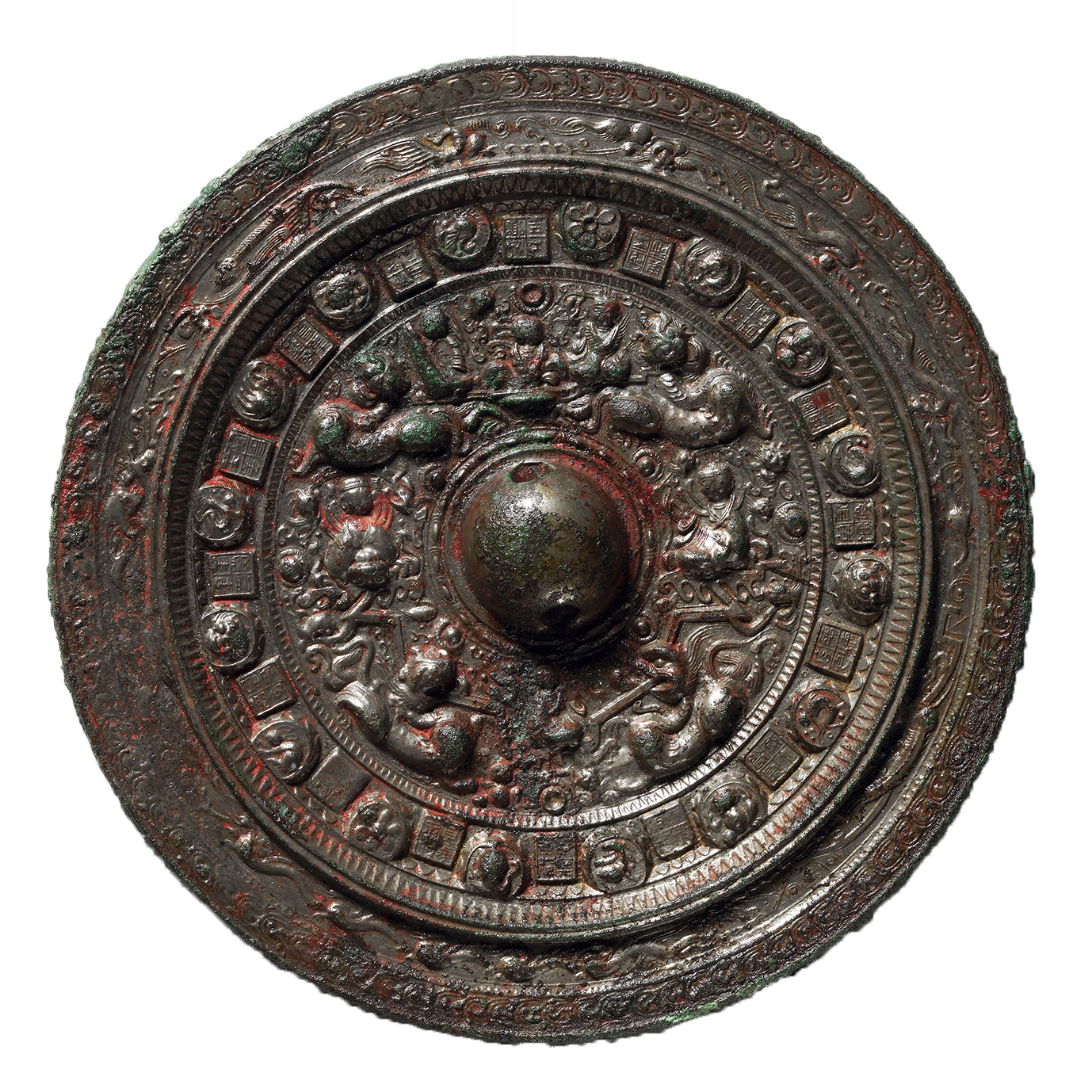
Important Cultural Properties.
CE3rd century.
SEN-OKU HAKUKOKAN MUSEUM
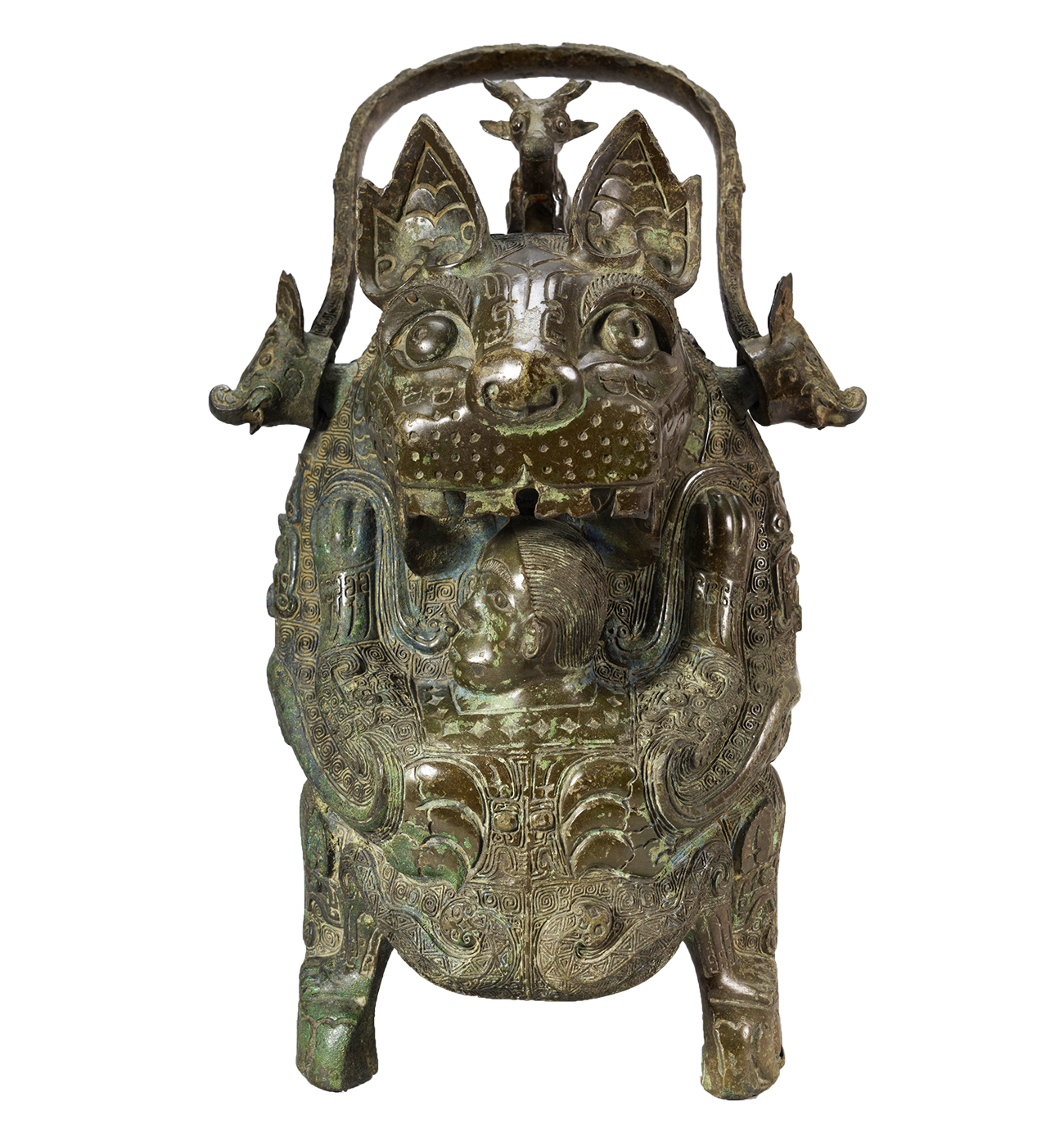
BCE11th century.
SEN-OKU HAKUKOKAN MUSEUM
- Admission Fee
- Apr.26〔Sat.〕- Jun.8〔Sun.〕, Jun.21〔Sat.〕- Aug.3〔Sun.〕, 2025
⇒ Adults ¥1,000 / Students with ID ¥600
Jun.10〔Tue.〕- Jun.20〔Fri.〕, Aug.5〔Tue.〕- Aug.17〔Sun.〕, 2025
⇒ Adults ¥600 / Students with ID ¥500
Sep.27〔Sat.〕- Dec.14〔Sun.〕, 2025
⇒ Adults ¥1,200 / Students with ID ¥800
* A group discount applies for a party of 20 or more.
* Free for people with disability ID
Directions
-
Open Hours10:00~17:00
(Last admission 30 minutes before closing) -
Admission FeeAdults ¥1,000 ★(¥1,200)
Students with ID ¥600 ★(¥800)
★(admission for special exhibitions)
* A group discount applies for a party of 20 or more.
* Free for people with disability ID -
Day ClosedMondays during the exhibition
(Open on public holidays, closed on the following weekday)
Access
City Bus lines 5, 93, 203 and 204 ; Get off at “Higashitenno-cho” and walk 200m to the east.
Lines 32 ; Get off at “Miyanomae-cho”
Address
24 Shimomiyanomae-cho, Shishigatani, Sakyo-ku Kyoto, Japan 606- 8431
+81-75-771-6411
Email: info@sen-oku.or.jp
Parking
Free to Museum visitors.
About the museum
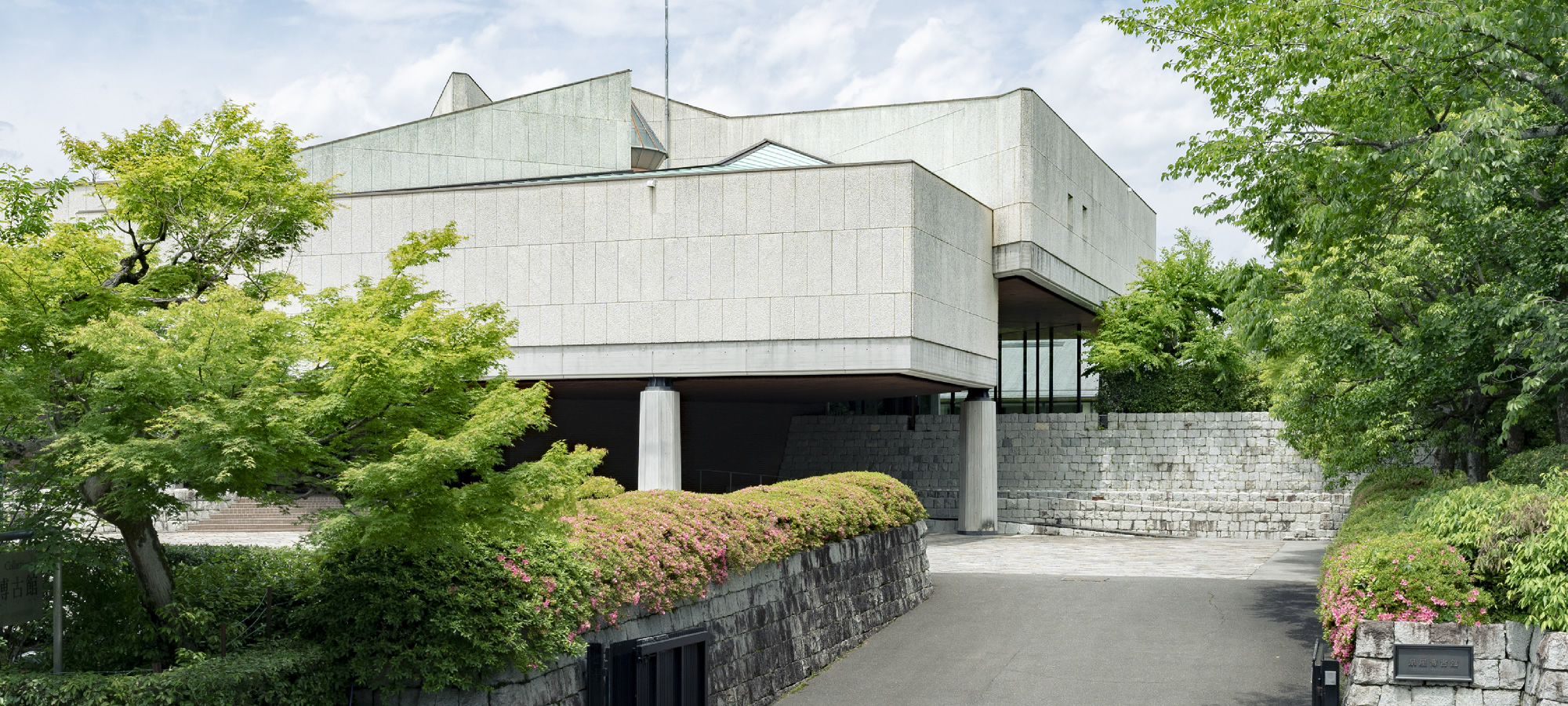
SEN-OKU HAKUKOKAN MUSEUM and SEN-OKU HAKUKOKAN MUSEUM TOKYO are art museums focusing on the collection of the Sumitomo family.
The Sumitomo Collection contains works in a broad range of fields, including ancient Chinese bronzes; Chinese, Japanese, and Western paintings and calligraphy; modern ceramics; tea ceremony utensils; writing tools; and Noh masks and costumes.
Located in Kyoto and Tokyo, the two museums hold exhibitions taking advantage of the characteristics of their respective locations.
Most of the items in the Sumitomo Collection were acquired by the fifteenth head of the Sumitomo family, SUMITOMO Kichizaemon Tomoito (nicknamed “Shunsui”), during the late nineteenth and early twentieth centuries.
Shunsui laid the foundation for the modern Sumitomo Group by expanding the family business from copper mine operation into various fields and promoting modernization. Meanwhile, he also showed a high degree of interest in art and culture and left a significant mark on cultural social enterprises, including the donation of construction and book purchasing costs for a library in Osaka Prefecture in 1900.
At the same time, he was fond of the tea ceremony, as well as classical Japanese performing arts such as Noh, and decorated the alcoves of his residence with Japanese paintings of the four seasons. Motivated by admiration for the Chinese literati, he enjoyed Chinese-style sencha tea ceremonies and seal engraving in his study, surrounded by writing tools. He was also an active supporter of Japanese Western-style painters in his day and built a Western-style villa on the scenic Suma coast, where he enjoyed a Westernized lifestyle that was progressive for its time. With his wide-ranging interest in culture, Shunsui collected fine artworks from all different eras and parts of the world.
At the center of the Sumitomo Collection are Chinese bronze vessels highly prized both in Japan and abroad. SEN-OKU HAKUKOKAN MUSEUM was established in 1960 with the donation of more than 500 Chinese bronze vessels and mirrors by the Sumitomo family. Rather than stashing his collection away, Shunsui shared it widely through various means such as exhibitions, increasing public recognition of Chinese bronzes. He also made significant contributions to the research field through the publication of splendid catalogs.
The attitude and ideals of Shunsui’s social contributions through culture have been handed down to posterity and form the basis of the museum’s current operations.
The collection has been further enhanced through the addition of works by masters of late Ming and early Qing Chinese painting such as Bada Shanren and Shitao, as well as the great modern Japanese Western-style painter KISHIDA Ryusei, acquired by Shunsui’s eldest son Kan’ichi, along with works by leading twentieth-century Western painters such as Picasso and Renoir, as well as Japanese painters from the same period, collected by the sixteenth head of the Sumitomo family, Tomonari.
